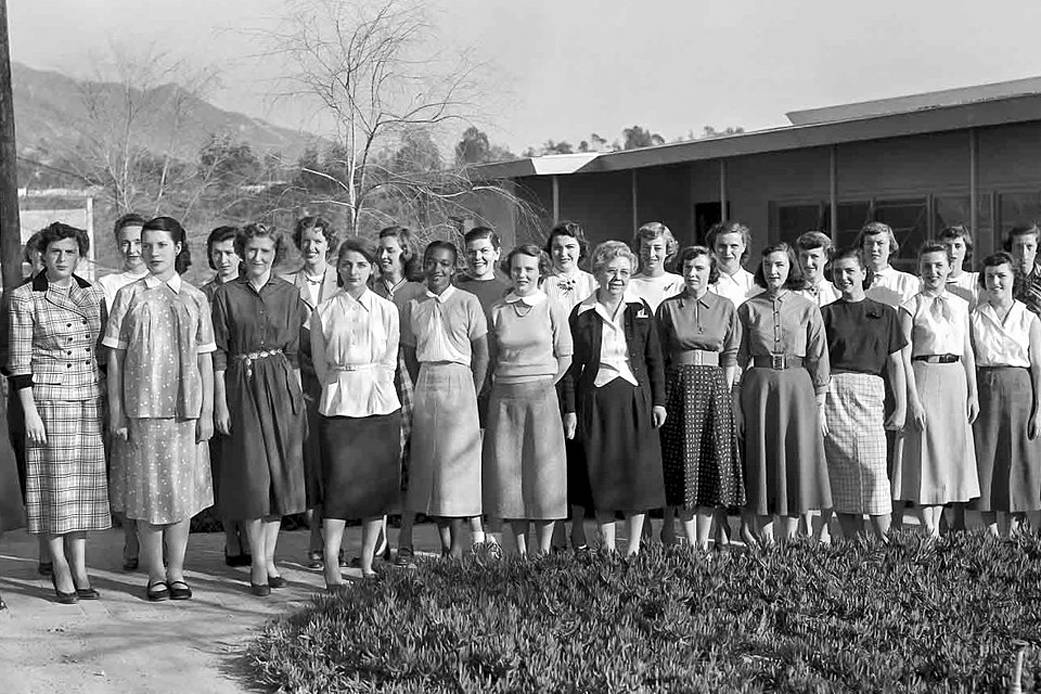In the earliest days of space exploration, most calculations for early space missions were done by “human computers,” and most of these computers were women. These women’s calculations helped the U.S. launch its first satellite, Explorer 1. This image from 1953, five years before the launch of Explorer 1, shows some of those women on the campus of the Jet Propulsion Laboratory (JPL).
JPL’s human computers didn’t just help launch the U.S. space program; they also represented an important step forward for women and other underrepresented people at a time when much of the professional world and especially technical fields were dominated by white men. Janez Lawson (seen in this photo), was the first African American hired into a technical position at JPL. Having graduated from UCLA with a bachelor’s degree in chemical engineering, she later went on to have a successful career as a chemical engineer.
Explorer 1 successfully launched from Cape Canaveral’s Pad 26 on January 31, 1958.
This image of JPL’s human computers shows women-–black and white, young and old–whose work was helped propel this nation into the space age. And they did so by hand.
Image Credit: NASA/JPL-Caltech





























